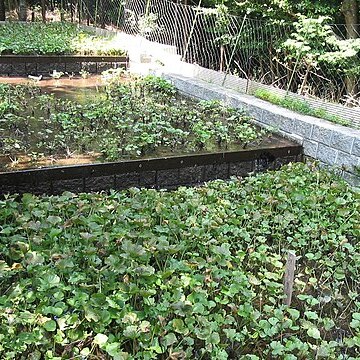Herbs perennial, rhizomatous or with a caudex. Trichomes absent or simple. Stems erect, ascending, or decumbent, simple or branched apically. Basal leaves petiolate, rosulate, simple, entire or palmately lobed, palmately veined. Cauline leaves petiolate or sessile and cuneate or auriculate, pinnately or palmately veined, entire, dentate, or crenate; ultimate veins ending or not with apiculate callosities. Racemes ebracteate or rarely bracteate throughout, elongated considerably or not elongated in fruit. Sepals ovate or oblong, base of lateral pair not saccate. Petals white or rarely pink; blade spatulate or rarely obovate, apex obtuse; claw absent. Stamens 6, slightly tetradynamous; filaments slightly dilated at base; anthers ovate or oblong, obtuse at apex. Nectar glands confluent and subtending bases of all stamens; median glands present. Ovules 2-10 per ovary. Fruit dehiscent, siliques or silicles, linear, oblong, ovoid, or lanceolate, terete or slightly 4-angled, sessile or shortly stipitate; valves with an obscure or prominent midvein, smooth or torulose; replum rounded; septum complete or perforated, translucent, veinless; style obsolete or distinct and to 3 mm; stigma capitate, entire. Seeds uniseriate, wingless, oblong, plump; seed coat obscurely reticulate, not mucilaginous when wetted; cotyledons incumbent.

